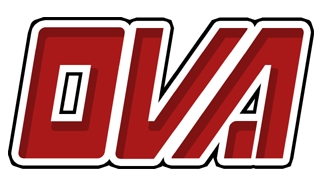
As hinted at in the previous post, Endurance has a significant new use; it now represents a character's ability to endure. This seems self-evident, but it can't hurt to have some explicit rules on the matter!
Before I can fully explain, I have to clarify what constitutes a round. In the Revised Game, a round is a nonspecific period of time, one that can be represent the seconds between a furious exchange of blows or minutes of lengthy expository dialogue as heroic adversaries size each other up. All a round is, then, is time enough for everyone to perform an action, and it is no longer a chronological division limited to combat alone.
Whenever a character is attempting to do something strenuous over an extended period of time, they spend Endurance to do so. How much depends on the task, and specific Endurance costs are further explained in the actual book. The effort is split up into rounds.
A classic example is the party's resident muscle-head holding up a collapsing building as others attempt to escape. Each round everyone takes results in the strong character losing 10 Endurance. So what happens if everyone takes too long and Muscle-head runs out of Endurance? He may simply give up, allowing the building to collapse and trap others inside as he steps to safety. But that isn't very heroic, is it? Instead, he may choose to press on, and begins to lose Health instead. If Health is exhausted, the character immediately falls unconscious and has no option of saving himself. The building collapses with him inside. Can he still be rescued? Well...I guess you'll have to see in your game.
Endurance also covers actions like holding your breath, resisting dangerous gasses, and other tests of stamina. No need to keep in mind hard to remember formulas or having to account for minutes in an otherwise abstract representation of time. It's all very simple.
Acacia here is certainly capable of conjuring all kinds of obstacles to test the Player Character's Endurance. Her devious witchcraft can cripple even the most stalwart of heroes, but her unrequited love for her partner Saspar could prove to be her undoing.





